42 indexing using labels in dataframe
Pandas Select Rows by Index (Position/Label) In this article, I will explain how to select rows from pandas DataFrame by integer index and label, by the range, and selecting first and last n rows with several examples. loc [] & iloc [] operators are also used to select columns from pandas DataFrame and refer to related article how to get cell value from pandas DataFrame. How to Select Rows by Index in a Pandas DataFrame - Statology .iloc selects rows based on an integer index. So, if you want to select the 5th row in a DataFrame, you would use df.iloc [ [4]] since the first row is at index 0, the second row is at index 1, and so on. .loc selects rows based on a labeled index. So, if you want to select the row with an index label of 5, you would directly use df.loc [ [5]].
Pandas Tutorials - loc() , set_index() , reset_index() - MLK - Machine ... This pandas function is used for setting the DataFrame index using existing columns. Syntax. pandas.DataFrame.set_index(keys, drop=True, append=False, inplace=False, verify_integrity=False) keys : label or array-like or list of labels/arrays - This parameter can be either a single column key, a single array of the same length as the calling ...

Indexing using labels in dataframe
How to Select Columns by Index in a Pandas DataFrame If you'd like to select columns based on label indexing, you can use the .loc function. This tutorial provides an example of how to use each of these functions in practice. Example 1: Select Columns Based on Integer Indexing. The following code shows how to create a pandas DataFrame and use .iloc to select the column with an index integer ... How to select subset of data with Index Labels in Python Pandas? With.iloc attribute,pandas select only by position and work similarly to Python lists. The .loc attribute selects only by index label, which is similarto how Python dictionaries work. Select a Subset Of Data Using Index Labels with .loc[] The loc and iloc attributes are available on both Series and DataFrame pandas.DataFrame.set_index — pandas 1.4.3 documentation DataFrame.set_index(keys, drop=True, append=False, inplace=False, verify_integrity=False) [source] ¶ Set the DataFrame index using existing columns. Set the DataFrame index (row labels) using one or more existing columns or arrays (of the correct length). The index can replace the existing index or expand on it. Parameters
Indexing using labels in dataframe. Indexing and Sorting a dataframe using iloc and loc Labels based indexing using loc. To index a dataframe based on column names, loc can be used. For example, to get all the columns between petal_length till iris class and records from 2nd to 10th, can be extracted by using - ... Simples way to sort a dataframe can be done using sort_values function of pandas dataframe, which take the column ... Python Pandas: Get Index Label for a Value in a DataFrame If I know the value in 'hair' is 'blonde', how do I get the index label (not integer location) corresponding to df.ix['mary','hair']? (In other words, I want to get 'mary' knowing that hair is 'blonde'). If I wanted the integer value of the index I'd use get_loc. But I want the label. Thanks in advance. How to Index Data in Pandas with Python - Medium Using Single Label. One way we can specify which rows and/or columns we want is by using labels. For rows, the label is the index value of that row, and for columns, the column name is the label. For example, in our ufo dataframe, if we want the fifth row only along with all the columns, we would use the following: ufo.loc [4, :] Delete column/row from a Pandas dataframe using .drop() method 02/02/2020 · While working with data in Pandas, you might want to drop a column(s) or some rows from a pandas dataframe. One typically deletes columns/rows, if they are not needed for further analysis. There are a couple of ways you can achieve this, but the best way to do this in Pandas is to use .drop() method. .drop() The .drop() function allows you to delete/drop/remove …
Pandas: Create an index labels by using 64-bit integers, floating-point ... Have another way to solve this solution? Contribute your code (and comments) through Disqus. Previous: Write a Pandas program to display the default index and set a column as an Index in a given dataframe and then reset the index. Next: Write a Pandas program to create a DataFrame using intervals as an index. Pandas DataFrame Indexing - KDnuggets Use .loc[] for label-based indexing; Use .iloc[] for position-based indexing, and; Explicitly designate both the rows and the columns even if it's with a colon. This set of guidelines will give you a consistent and straightforwardly interpretable way to pull the data that you need from a pandas DataFrame. Good luck with your data munging! MultiIndex / advanced indexing — pandas 1.4.3 documentation A MultiIndex can be created from a list of arrays (using MultiIndex.from_arrays()), an array of tuples (using MultiIndex.from_tuples()), a crossed set of iterables (using MultiIndex.from_product()), or a DataFrame (using MultiIndex.from_frame()). The Index constructor will attempt to return a MultiIndex when it is passed a list of tuples. The ... Pandas index column title or name - Stack Overflow Mar 30, 2017 — it should be possible to specify index name at DataFrame creation time. e.g. pd.DataFrame(values,index={"INDEX_NAME":index_values}) . I do not understand why ...9 answers · Top answer: You can just get/set the index via its name property In [7]: df.index.name Out[7]: ...Python Pandas: Get Index Label for a Value in a DataFrameJun 14, 2017How to access a row in a pandas dataframe with custom index ...May 18, 2022Selecting a row of pandas series/dataframe by integer indexApr 19, 2013How to read in Pandas DataFrame while ignoring index and ...Feb 4, 2020More results from stackoverflow.com
Pandas DataFrame Indexing: Set the Index of a Pandas Dataframe Python list as the index of the DataFrame In this method, we can set the index of the Pandas DataFrame object using the pd.Index (), range (), and set_index () function. First, we will create a Python sequence of numbers using the range () function then pass it to the pd.Index () function which returns the DataFrame index object. Indexing in Pandas Dataframe using Python | by Kaushik Katari | Towards ... Indexing using .loc method. If we use the .loc method, we have to pass the data using its Label name. Single Row To display a single row from the dataframe, we will mention the row's index name in the .loc method. The whole row information will display like this, Single Row information Multiple Rows Working With Specific Values In Pandas DataFrame - Data Courses This function of a pandas DataFrame is of high value as you can build an index using a specific column, (meaning: a label) that you want to use for managing and querying your data. For example, one can develop an index from a column of values and then use the attribute.loc to select data from pandas DataFrame based on a value found in the index. Pandas Indexing Examples: Accessing and Setting Values on DataFrames Some common ways to access rows in a pandas dataframe, includes label-based (loc) and position-based (iloc) accessing. ... loc example, string index. Use .loc[] to select rows based on their string labels: import pandas as pd # this dataframe uses a custom array as index df = pd.
DataFrame — PySpark 3.3.0 documentation - Apache Spark Indexing, iteration¶ DataFrame.at ... Set the DataFrame index (row labels) using one or more existing columns. DataFrame.swapaxes (i, j[, copy]) Interchange axes and swap values axes appropriately. DataFrame.swaplevel ([i, j, axis]) Swap levels i and j in a MultiIndex on a particular axis. DataFrame.take (indices[, axis]) Return the elements in the given positional indices along …
dynamic indexing using labels in pandas - Stack Overflow I would like to dynamically index elements of a pandas DataFrame using labels. Say I have df1 = pd.DataFrame (np.random.randn (6, 4), index=list ('abcdef'), columns=list ('ABCD')) and I want the element with labels 'a' and 'A'. "Statically" it's easy: df1.loc ['a','A'] But how to do build such a query dynamically at runtime?
How to Subset a DataFrame in Python? - AskPython This line of code selects rows from 1 to 7 and columns corresponding to the labels ‘population’ and ‘housing’. Subset a Dataframe using Python iloc() iloc() function is short for integer location. It works entirely on integer indexing for both rows and columns. To select a subset of rows and columns using iloc() use the following line ...
How to get the names (titles or labels) of a pandas data frame in python To get the names of the data frame rows: >>> df.index Index(['Alice', 'Bob', 'Emma'], dtype='object') Get the row names of a pandas data frame (Exemple 2) Another example using the csv file train.csv (that can be downloaded on kaggle): >>> import pandas as pd >>> df = pd.read_csv('train.csv') >>> df.index RangeIndex(start=0, stop=1460, step=1)
How to Get the Index of a Dataframe in Python Pandas? This is the most widely used method to get the index of a DataFrame object. In this method, we will be creating a pandas DataFrame object using the pd.DataFrame () function of as usual. Then we will use the index attribute of pandas DataFrame class to get the index of the pandas DataFrame object.
Indexing and selecting data — pandas 1.4.3 documentation pandas provides a suite of methods in order to have purely label based indexing. This is a strict inclusion based protocol. Every label asked for must be in the index, or a KeyError will be raised. When slicing, both the start bound AND the stop bound are included, if present in the index.
KaplanMeierFitter — lifelines 0.27.1 documentation The time line to use for plotting and indexing. Type: array: entry¶ The entry array provided, or None. Type: array or None: event_table¶ A summary of the life table. Type: DataFrame: conditional_time_to_event_¶ Return a DataFrame, with index equal to survival_function_, that estimates the median duration remaining until the death event, given survival up until time t. …
Python | Pandas Extracting rows using .loc[] - GeeksforGeeks 30/09/2019 · Output: As shown in the output image, All rows with team name “Utah Jazz” were returned in the form of a data frame. Example #4: Extracting rows between two index labels In this example, two index label of rows are passed and all the rows that fall between those two index label have been returned (Both index labels Inclusive).
Indexing, Slicing and Subsetting DataFrames in Python Indexing by labels loc differs from indexing by integers iloc. With loc, both the start bound and the stop bound are inclusive. When using loc, integers can be used, but the integers refer to the index label and not the position. For example, using loc and select 1:4 will get a different result than using iloc to select rows 1:4.
Tutorial: How to Index DataFrames in Pandas - Dataquest Let's explore four methods of label-based dataframe indexing: using the indexing operator [], attribute operator ., loc indexer, and at indexer. Using the Indexing Operator If we need to select all data from one or multiple columns of a pandas dataframe, we can simply use the indexing operator [].
Pandas Boolean Indexing: How to Use Boolean Indexing Pandas Boolean Indexing. Pandas boolean indexing is a standard procedure. We will select the subsets of data based on the actual values in the DataFrame and not on their row/column labels or integer locations. Pandas indexing operators "&" and "|" provide easy access to select values from Pandas data structures across various use cases.
Pandas : Sort a DataFrame based on column names or row index labels ... In the Python Pandas Library, the Dataframe section provides a member sort sort_index () to edit DataFrame based on label names next to the axis i.e. DataFrame.sort_index (axis=0, level=None, ascending=True, inplace=False, kind='quicksort', na_position='last', sort_remaining=True, by=None) Where,
Python | Pandas DataFrame - GeeksforGeeks 10/01/2019 · Pandas DataFrame is two-dimensional size-mutable, potentially heterogeneous tabular data structure with labeled axes (rows and columns). A Data frame is a two-dimensional data structure, i.e., data is aligned in a tabular fashion in rows and columns. Pandas DataFrame consists of three principal components, the data, rows, and columns.. We will get a brief insight …
Pandas DataFrame index and columns attributes - JournalDev Pandas DataFrame index and columns attributes allow us to get the rows and columns label values. We can pass the integer-based value, slices, or boolean arguments to get the label information. Pandas DataFrame index. Let's look into some examples of getting the labels of different rows in a DataFrame object.
Indexing and Selecting Data with Pandas - GeeksforGeeks Indexing a DataFrame using .loc [ ] : This function selects data by the label of the rows and columns. The df.loc indexer selects data in a different way than just the indexing operator. It can select subsets of rows or columns. It can also simultaneously select subsets of rows and columns. Selecting a single row
Label-based indexing to the Pandas DataFrame - GeeksforGeeks In the above example, we use the concept of label based Fancy Indexing to access multiple elements of data frame at once and hence create two new columns ' Age ' and ' Marks ' using function dataframe.lookup () Example 3: Python3 import pandas as pd df = pd.DataFrame ( [ ['Date1', 1850, 1992,'Avi', 5, 41, 70, 'Avi'],
Pandas Dateframe Index - Machine Learning Plus To access the row labels use the command DataFrame.index. # Use df.index to view the row indices print(df.index) RangeIndex(start=0, stop=10, step=1) Here, the above output states that the indices are a range of integers that starts from zero and stops before ten. To view the actual row labels, print the indices as a list.
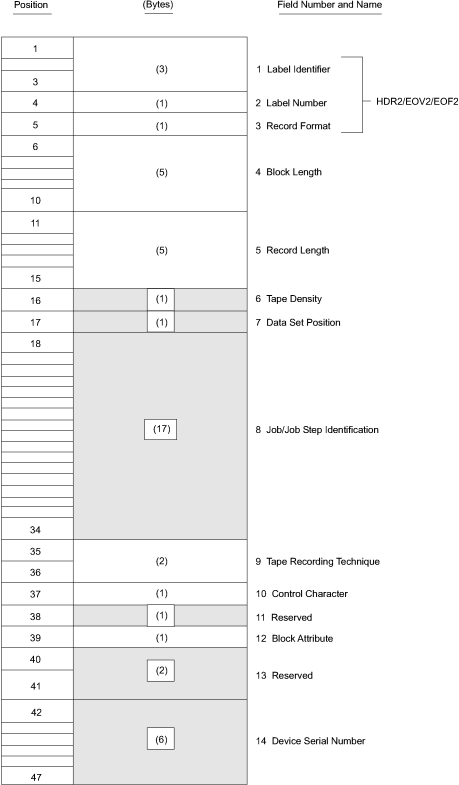


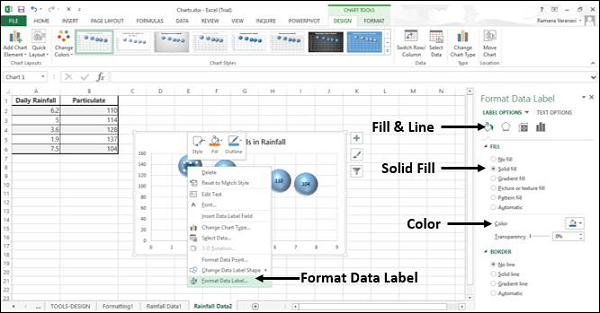


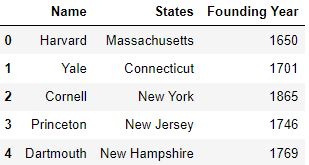
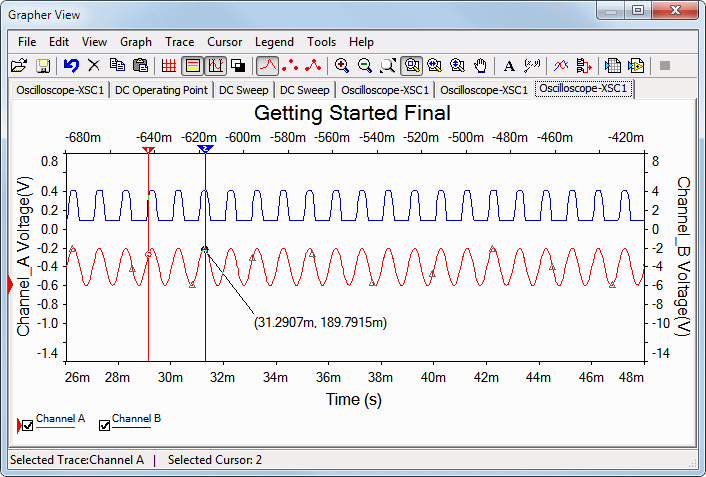




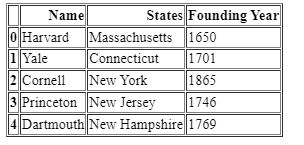

Post a Comment for "42 indexing using labels in dataframe"